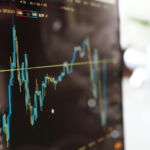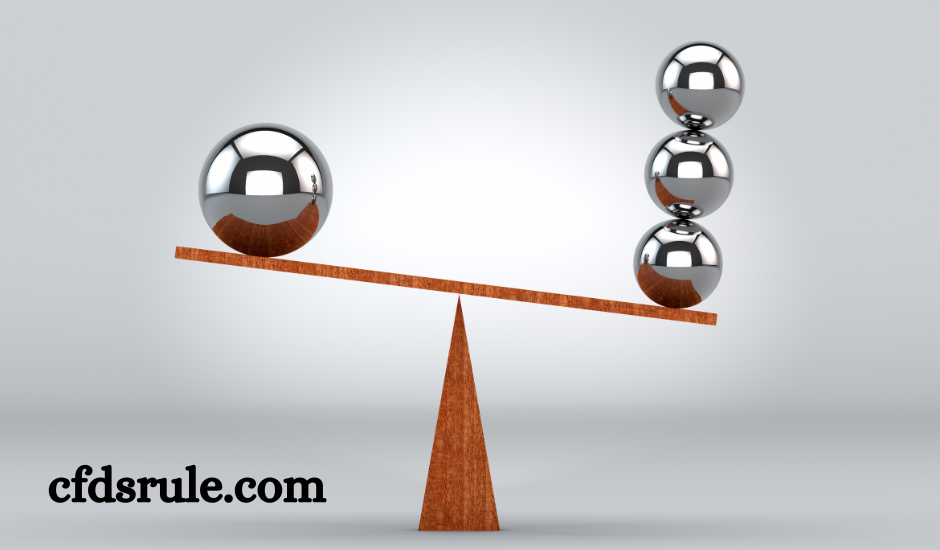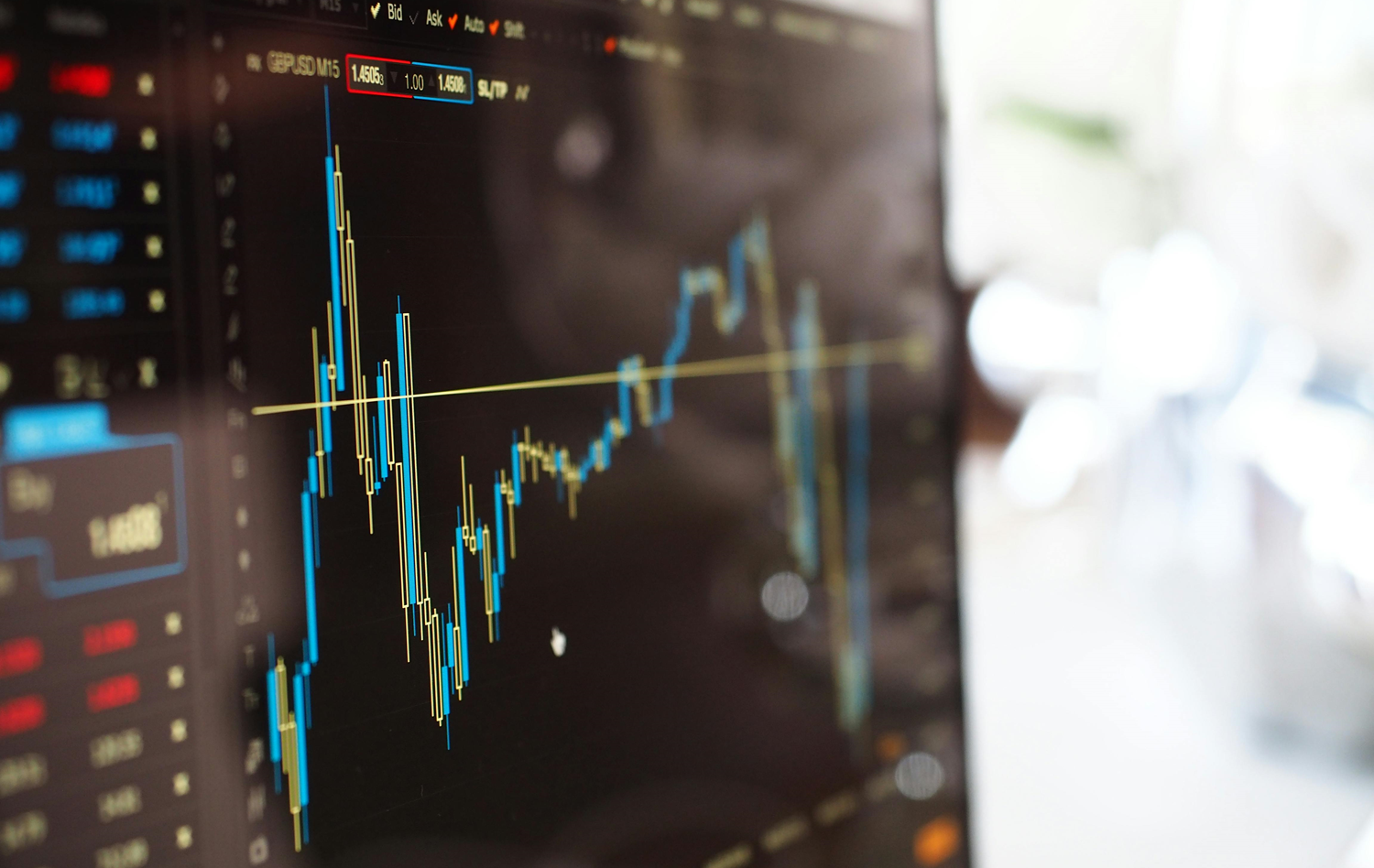Leverage is the key feature of CFD trading that makes it so popular with traders worldwide. Be it forex trading, crypto, or stocks, leverage makes financial markets available for the wider public who only have to pay a fraction of the price.
What is Leverage
Leverage is a feature that allows traders to open positions by paying just a fraction of their full value. Basically, leverage amplifies your earnings. The flip side? It just as equally amplifies losses.
Leverage is a ratio representing a level of exposure you have to a trade. It could be as little as 1:10 or 1:30, or 1:500 and even 1:1000, and more. The leverage offered by brokers depends vastly on their regulation requirements, their business strategy, and their markets.
For example, if you have $1000 in your account, with 1:10 leverage you can trade up to $10000.
What is Margin
It is hard to talk about leverage without mentioning margin. To put it simply, margin is the amount of funds you need to have in your trading account in order to open a trade. To retain an open position you must also always retain sufficient margin in your account. Different brokers have different margin requirements, and it’s best to look into it before you start trading on a live account. When your account balance is getting close to a margin, you get what is knows in the industry as “margin call”. It’s a notification you receive when the account value falls below the broker’s required minimum value. When a margin call happens, the trader needs to deposit additional funds into their trading account, to avoid a “stop out” – when their positions get closed. We’ll be exploring margin trading in more detail in our upcoming articles.
Which Leverage Should I Trade With?
Choosing the perfect leverage is a personal decision, and vastly depends on your trading style, trading strategy and skills. It makes sense for a beginner to choose a lower leverage, as it’s safer and helps you avoid bigger losses. That said, if you also start with a small deposit (which some brokers offer as low as $50 or even $10), a 1:10 or 1:30 leverage still won’t grant you a big exposure and you’re at risk of getting stopped out very soon. It’s just how the market works.
As you can see, finding your perfect leverage is an intricate balance between your skills and trading style, the amount of funds you are willing to deposit, and, ultimately, your risk appetite. If you are a beginner, it’s a good idea to try trading on a few demo accounts (using virtual money) with different leverage, get a feel of how it works, and then decide on the conditions under which you would deposit real funds.
Summing up, these are the key things to remember about Leverage and leveraged CFD trading:
- Leverage can help you increase your profit, but can also magnify your losses.
- Leverage allows you to free up funds (you can deposit less)
- Leverage requires you to be mindful of your broker’s margin requirements










